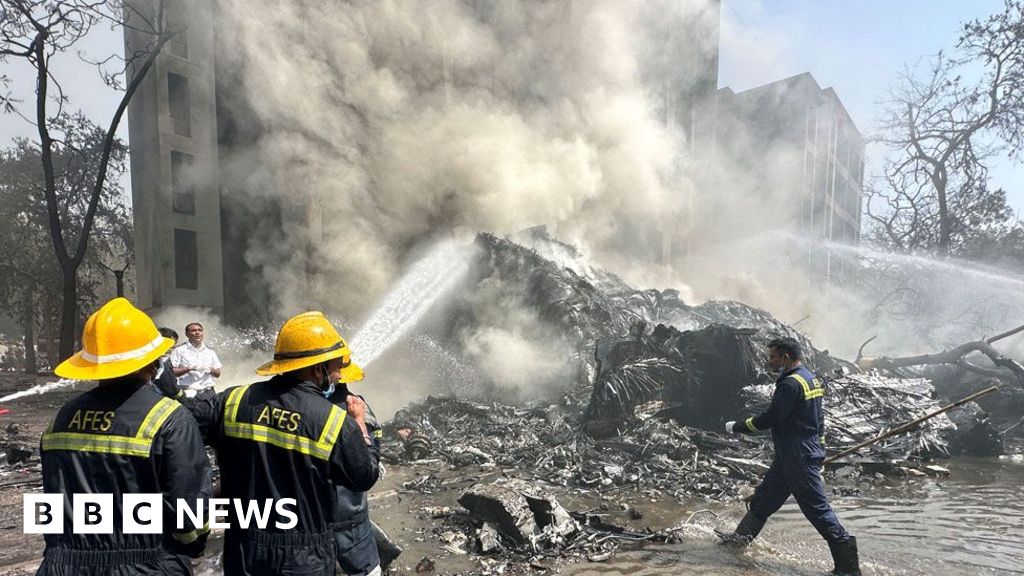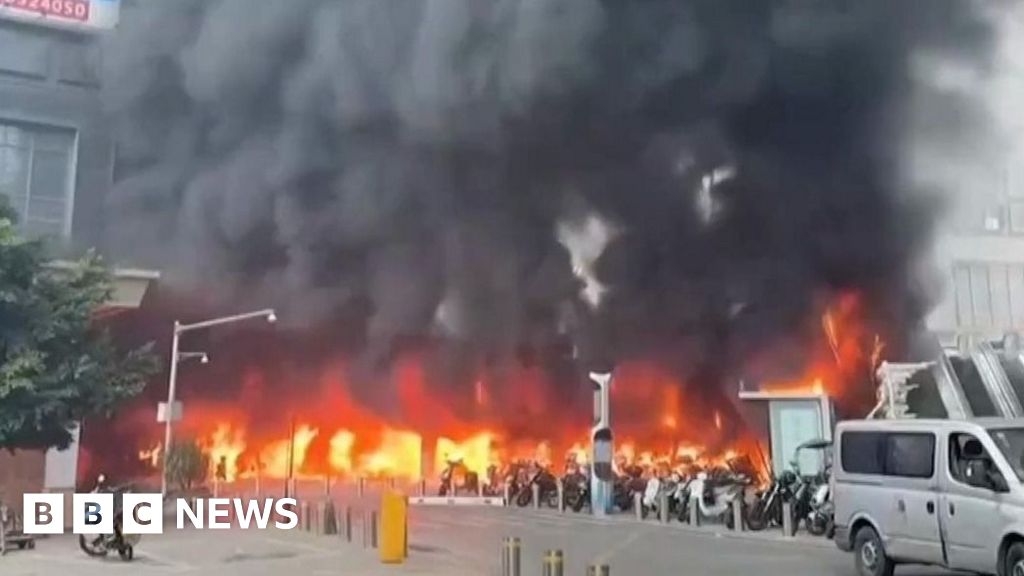ARTICLE AD BOX
By The Visual Journalism Team
BBC News
A massive volcanic eruption in Tonga, on Saturday, triggered a tsunami that spread across the Pacific in a matter of hours.
Waves hit Australia, New Zealand and Japan as well as the west coasts of North and South America, and an atmospheric shockwave was detected around the world.
Thousands of people in Tonga are thought to be in need of outside help, with buildings destroyed and communications disrupted.
Here's what we know about how and why it spread so widely and violently.
Where is Tonga?
Tonga is made up of about 170 islands, many uninhabited, about 2,000 miles (3,300km) east of Australia.
The volcano, Hunga-Tonga-Hunga-Ha'apai, sits 40 miles north of the capital.
On Saturday, the centre of the volcano sank, disappearing under the sea.
About two hours later, it erupted, with devastating force.
When the eruption had ended, almost all of the volcano and the land around it had disappeared.
The eruption set off a massive atmospheric shockwave travelling at about 300m (1,000ft) per second.
Pressure changes were detected on the other side of the world, in Europe, 15 hours later.
The explosion was heard across the Pacific, from Fiji to Alaska.
How quickly did the tsunami spread?
Waves from the tsunami spread rapidly across the Pacific.
They took less than five hours to reach New Zealand, about 10 to reach Alaska.
Experts say the tsunami may have been caused by the collapse of debris on the ocean floor and boosted by the pressure wave pushing down on the surface of the water.
The waves continued through Sunday and were still being recorded in Australia on Monday.
Tsunami waves can be much more destructive than normal waves, even when they are not particularly high.
A normal wave might take 15 seconds to wash up the shore and flow back out.
Some of the tsunami waves in Australia were under 1m but lasted almost 30 minutes.
They kept moving onshore for 15 minutes and took about 15 minutes to move back out.
Why was the eruption so violent?
The exact reasons why this eruption was so violent are still being assessed by experts.
Some believe the speed with which the molten magma was blasted out of the volcano may have played a big part.
When magma filled with volcanic gas is forced through sea water at high speed, there is no time for a layer of steam to cool it.
And this "fuel-coolant interaction" causes a massive chemical explosion, researchers say.
Deeper water could have suppressed this - but the volcano's surface was just 150-200m under the sea.
What is the situation on the ground now?
Communications with Tonga have been severely disrupted, making it difficult to assess the scale of the destruction.
On Tuesday, the Tongan government issued its first update since the eruption, saying the country had been hit by an "unprecedented disaster".
Some of the smaller islands have been particularly badly affected, with all the houses destroyed on one and just two left on another.
Your device may not support this visualisation
Aid efforts have been hampered by ash falling from the volcano.
Volunteers have been sweeping the runway of the main airport to allow planes bringing much needed drinking water and supplies to land.
In its update, the Tongan government said the internet was down, but some local phone services were available and work was under way to restore full communications.
Graphics by Sana Dionysiou, Gerry Fletcher and Sandra Rodriguez Chillida

 3 years ago
116
3 years ago
116








 English (US) ·
English (US) ·